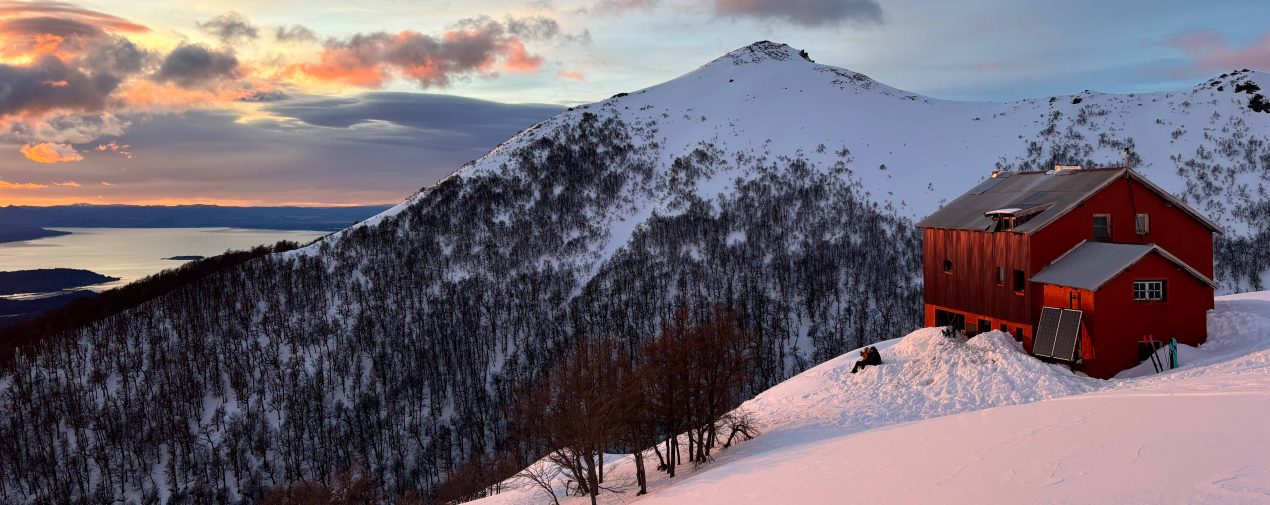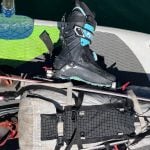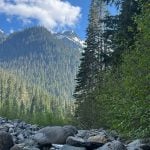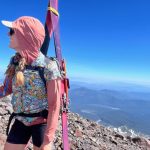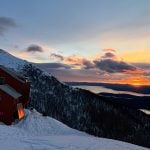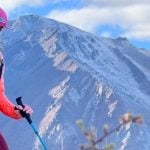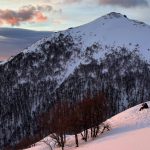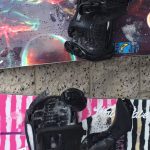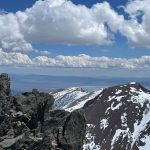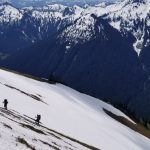How to Ski Bariloche, Argentina
As the northern hemisphere begins to warm up for the summer, the southern hemisphere’s ski season turns on. The age-old powder-chasing pilgrimage to South America begins as ski instructors, lifties, and powder-chasers migrate south in pursuit of an endless winter. In search of mid-summer skiing, my partner and I planned a three week trip to Bariloche, Argentina in August of 2024.
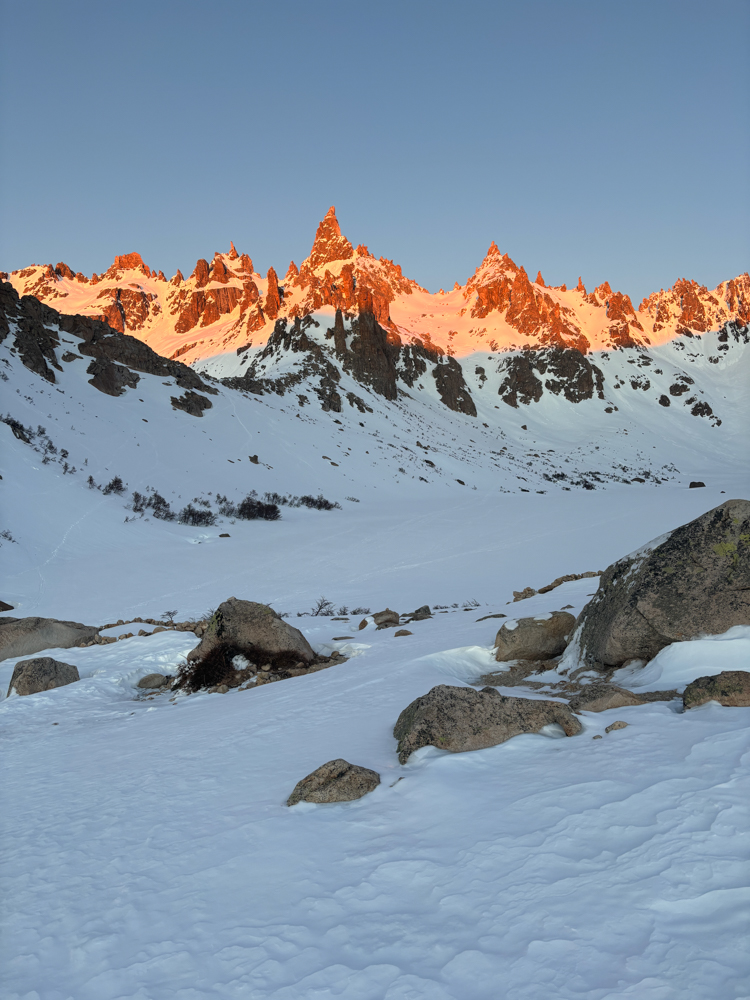
If you’re looking for a simple, hassle-free, mid-summer ski trip, Bariloche might not be for you. The power frequently goes out at the ski hill, stopping all of the lifts on the mountain. The snow line can be high, meaning that it’s often necessary to don trail runners and hike a few thousand feet of dirt for a backcountry tour. The mountain refugios will be full of skiers, with extra mattresses strewn across the floor during windows of good snow. But if you’re in the market for an unmatched cultural adventure and Patagonian scenery, brush up on your Spanish and book a flight to Bariloche.
Where is Bariloche, Argentina?
San Carlos de Bariloche is a city in northern Patagonia on the shore of the massive expanse of Lake Nahuel Huapi. And yes, it is indeed a city: at approximately 160,000 residents, Bariloche is not your classic small mountain town. The city has a hustle-and-bustle feel, but is walkable and scenic with an eclectic mix of architectural styles. Nearly every corner in Bariloche is home to an empanada or chocolate shop, and wine and craft beers are abundant and cheap just about anywhere in town.

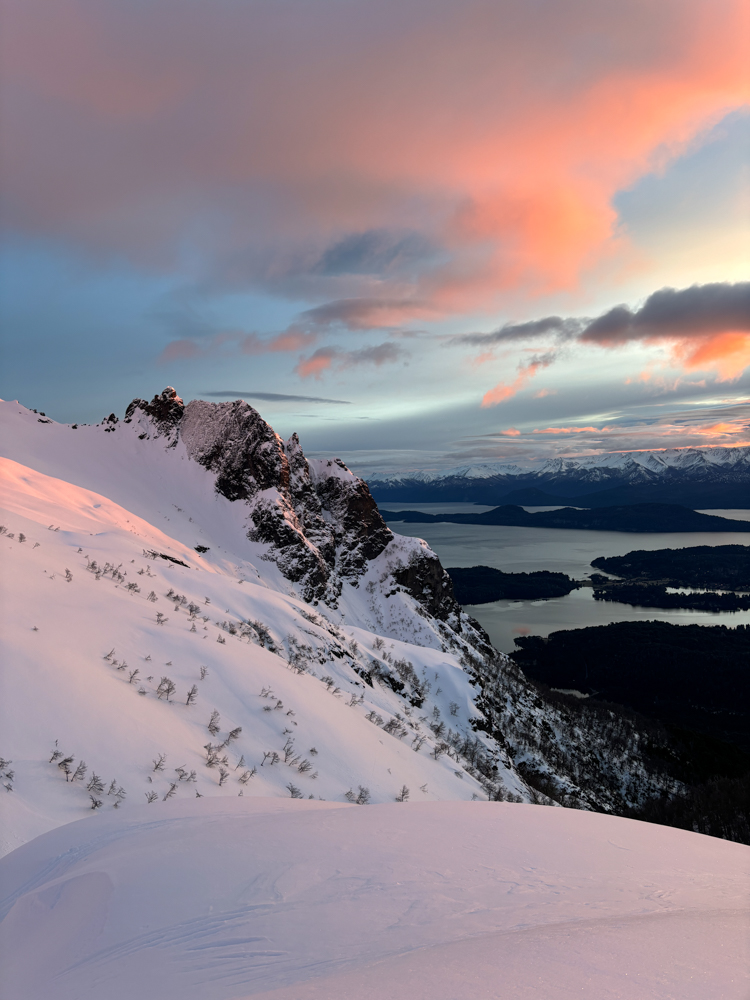
It’s important to note that Bariloche is located at 2,390 feet above sea level. This means that town generally isn’t particularly snowy. The summit of Cerro Catedral, Bariloche’s nearest ski resort, is at 6,725 feet. While this region of the Andes is not particularly high, Bariloche hosts unique and beautiful skiing and riding on dramatic peaks poking out above the lush forests surrounding the lake. This said, the snow line can be a ways above the resort’s base area and most trailheads, meaning top-to-bottom skiing isn’t always possible in the area, even in mid-winter.
Getting Around Bariloche
We opted not to rent a car while in Bariloche, and using the public bus system proved the steepest learning curve of our trip. To ride the bus in Bariloche, you need to buy a SUBE card at a local kiosco. These cards can only be filled to 8,000 pesos, equivalent in 2024 to about $8.00 USD. A ride to Cerro Catedral and back was about 8,000 pesos, meaning that we needed to reload our cards at a kiosco every time we went to the ski hill. To find out where to buy or reload a SUBE card, use this link.
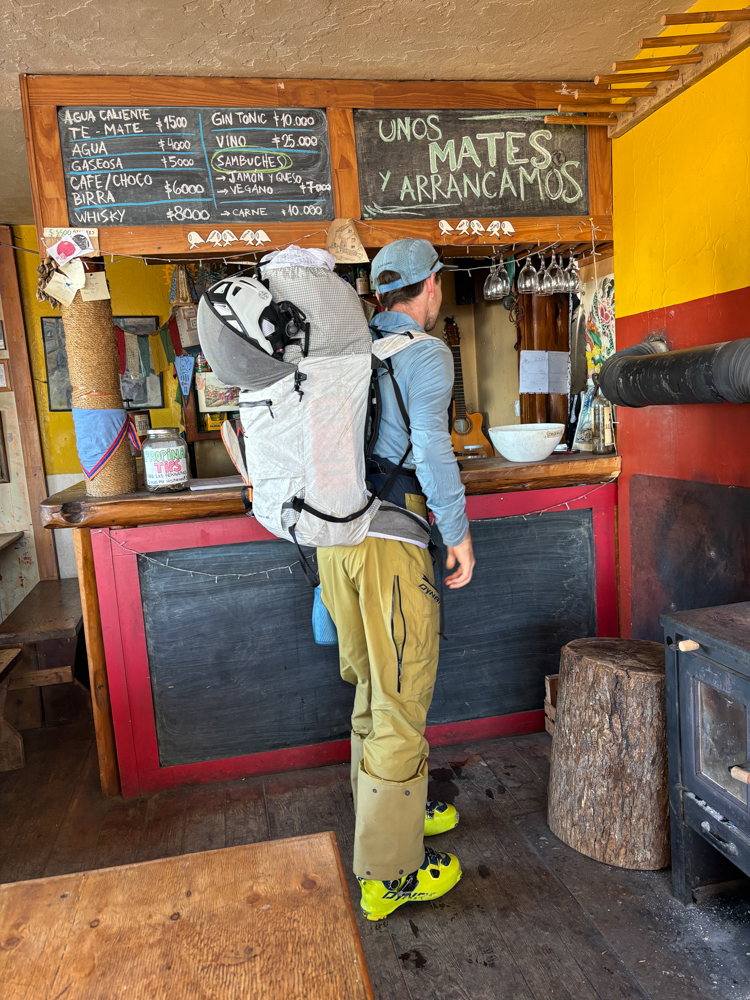
The buses are always late and almost-always packed full – standing room only. Riding the buses worked for us most of the time, but we occasionally needed to call taxis, hitchhike, or walk extra miles to get to trailheads for ski touring.
Skiing the Resort: Cerro Catedral
When I visited Bariloche, the snow line was high due to a winter that began with a big dump of snow followed by a warming trend. This meant that the bottom of the Cerro Catedral was nearly dry in the middle of August, with a single slushy death-strip of snow through a forest of deciduous trees leading to the base area. One rickety, blue gondola ride up, however, and treeline revealed an enormous alpine bowl with full snow coverage and stunning views of Lake Nahuel Huapi.
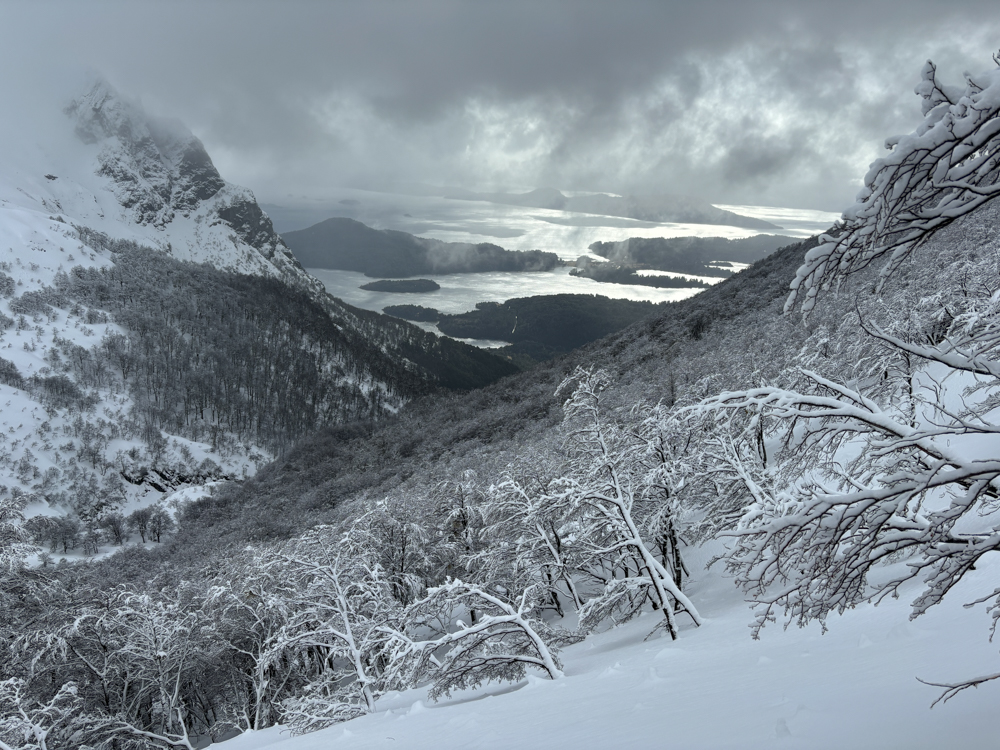
Charming stone lodges dot the mountain, with house and electronic music blaring and creating an atmosphere more aligned with nightclub than ski resort. Long, slow lifts transported us up the mountain. From the lifts, we watched beginner skiers in huge, shimmering puffy jackets pizza their way down the winding cat-tracks of the resort. Skiing Catedral was an experience unlike any North American resort I’ve been to, and if you go, you’ll understand why.
Here are some tips for skiing Cerro Catedral:
- If it’s looking like white out conditions, don’t go. Most of the mountain is above treeline, meaning that you’re fully “in the milk bottle” when the cloud ceiling closes in, with no landmarks to guide you. When I was there, nothing below treeline had enough snow coverage to make tree skiing a viable option.
- Check out “Nubes” for the steepest in-bounds terrain at Catedral. This lift services a variety of steep chutes that provide aesthetically pleasing skiing with awesome views.
- If you have avalanche rescue equipment and proper avalanche training, hike to La Laguna for a run in the Catedral sidecountry. The bootpack to the highest point above La Laguna is not for the faint of heart, but can yield a good run into sidecountry terrain that will filter you right back to the resort’s Del Bosque lift.
- If you’re trying to catch the public bus from Cerro Catedral to town between 4 and 6 PM, you will be sandwiched between sweaty resort-goers in a motion-sickness-inducing sardine can. Expect to stand, clutching your skis for an hour plus, depending on the aprés ski traffic.
The Backcountry Touring
When my partner and I visited Bariloche, we chose to spend most of our time in the backcountry refugios of Nahuel Huapi National Park. This was in part to limit the amount of time we spent dealing with the hassle of the public bus or hiking to the snow line, allowing us to get more skiing in during our hut days.
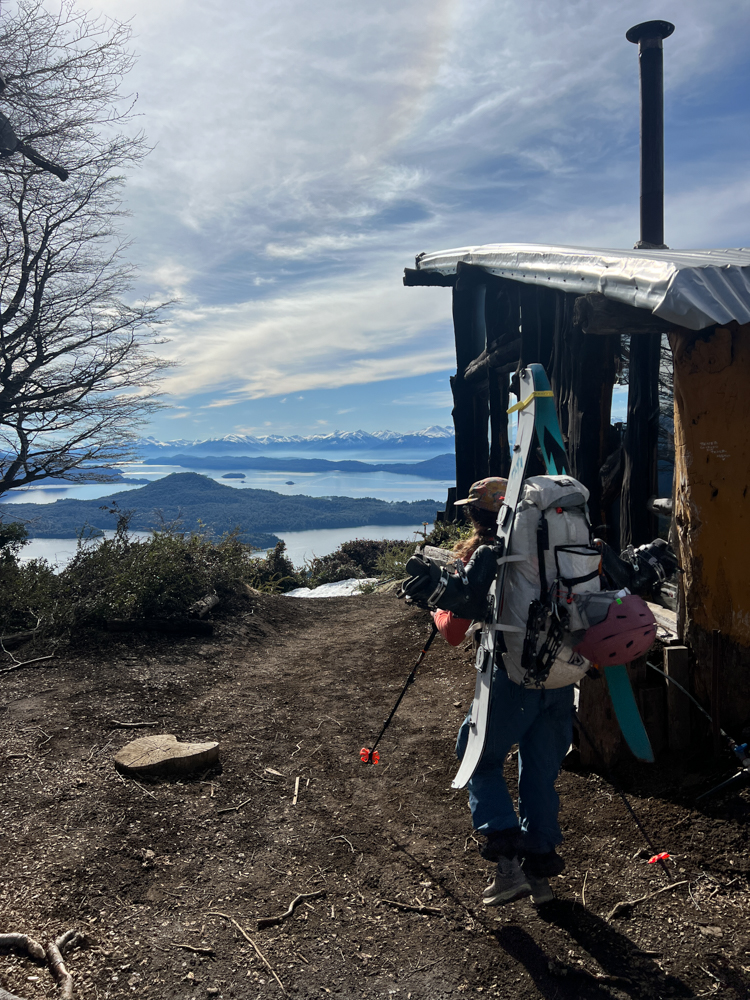
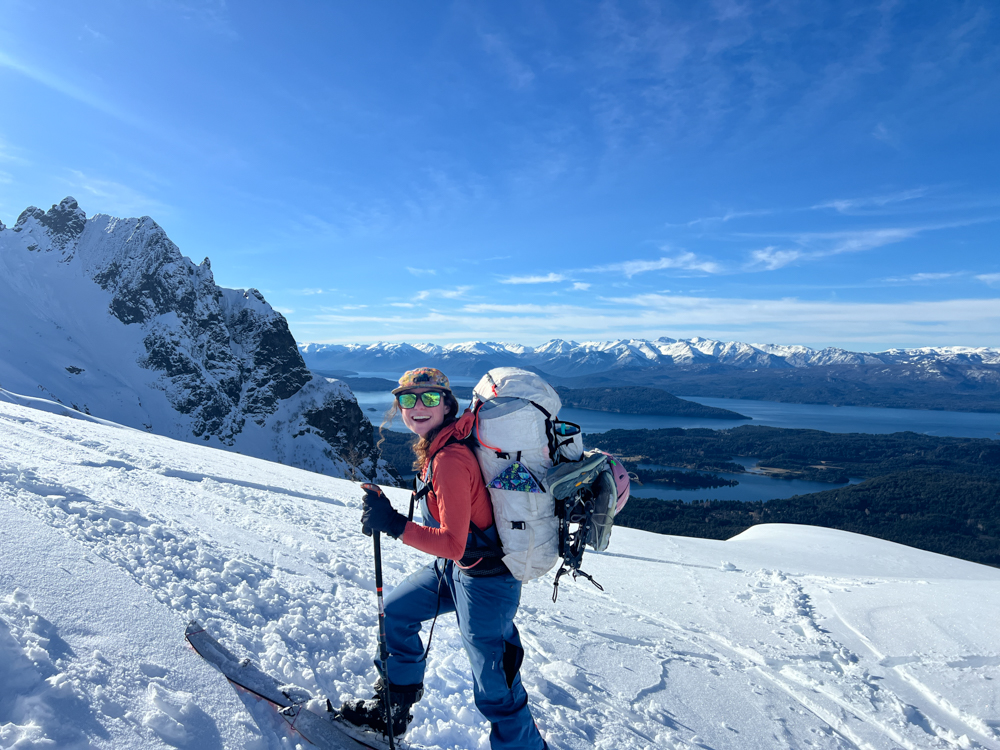
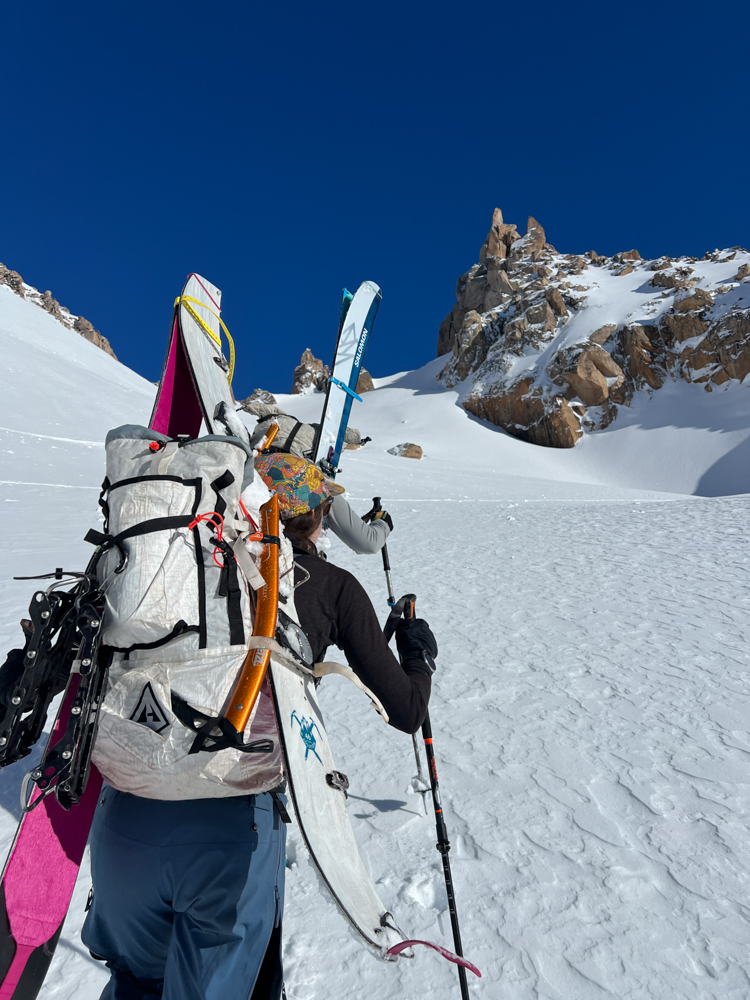
We spent four days at Refugio Lopez, and four days at Refugio Frey. Each was a totally different experience, and I would highly recommend a trip to each of these huts. Beds in these refugios can be booked before arriving, and both Refugio Lopez and Refugio Frey offer options for “pernocte,” or just a place to sleep, or options for breakfast, lunch, and dinner. If you pay for food at the refugios, you can keep your pack weight down, bringing just touring gear, clothing, a sleeping bag, and snacks. We opted to bring lunch and pay for breakfast and dinner at Refugio Lopez, and to bring most of our own food at Refugio Frey. If you do decide to buy food at the refugios, know that every day will start with homemade bread with butter and dulce de leche for breakfast and that in Argenina, dinner is served late. Life at the refugios moves on Argentina time, which generally means that folks aren’t out of the hut to ski until 10 AM, and that nights go late for backcountry standards.
Refugio Lopez
This charming, red refugio is improbably perched on a steep hillside underneath the massive face of Cerro Lopez. To access the hut, we hiked a steep trail from Arroyo Lopez for approximately three miles, in which we gained several thousand feet of vertical. Staffed with friendly refugieros, Refugio Lopez is a little alpine heaven above the jungle. The hut faces east, providing an incredible sunrise view each morning above Lake Nahuel Huapi. Big, rolling faces and convoluted alpine terrain are characteristic of this area. This is an excellent spot to visit for short powder shots into the surrounding valleys, a lap down the huge, low-angle face, or a chance to summit Cerro Lopez. The hut is on the more rustic side, with a toilet that is flushed using a bucket of greywater. You can book a stay at Refugio Lopez using the WhatsApp link in their Instagram bio.
Refugio Frey
Refugio Frey is the classic South American ski hut. Full to the brim with European, South American, and North American backcountry skiers, this refugio is famous for its access to steep, granite-walled couloirs just across from the hut. Orange-tinted spires puncture the skyline, making for dramatic scenery anywhere in the cirque. With a variety of aspects to choose from, you can find a wide range of snow conditions in a compact area. When my partner and I visited the Frey, we found our best turns in the low-angled cirque above Laguna Schmoll. While the hut was much busier than Refugio Lopez, it hosted more modern accommodations, including flush toilets and baseboard heaters. You can book a stay at Refugio Frey using their website.
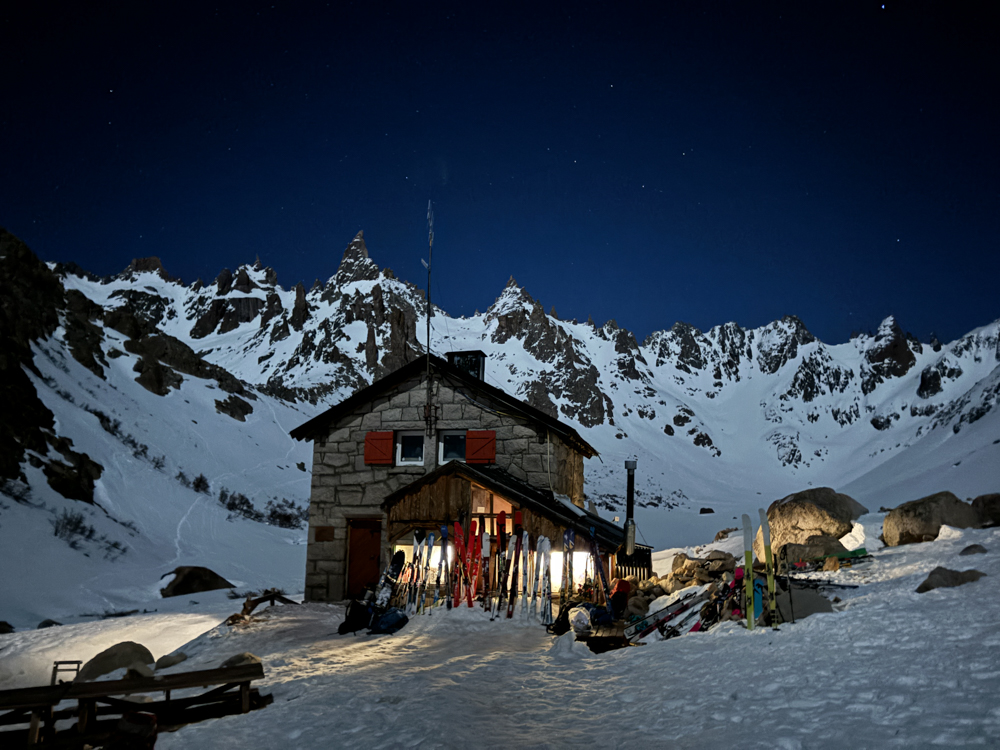
The Final Word
If extending your ski season into August, drinking Argentine wine in a backcountry hut, and riding South American buses through the jungle sounds like a dream, plan a trip to Bariloche. It’s not simple, it’s not easy, and it’s certainly not a prescribed experience. But it will leave you dreaming about making huge turns above Lake Nahuel Huapi and eating empanadas for breakfast, lunch, and dinner.

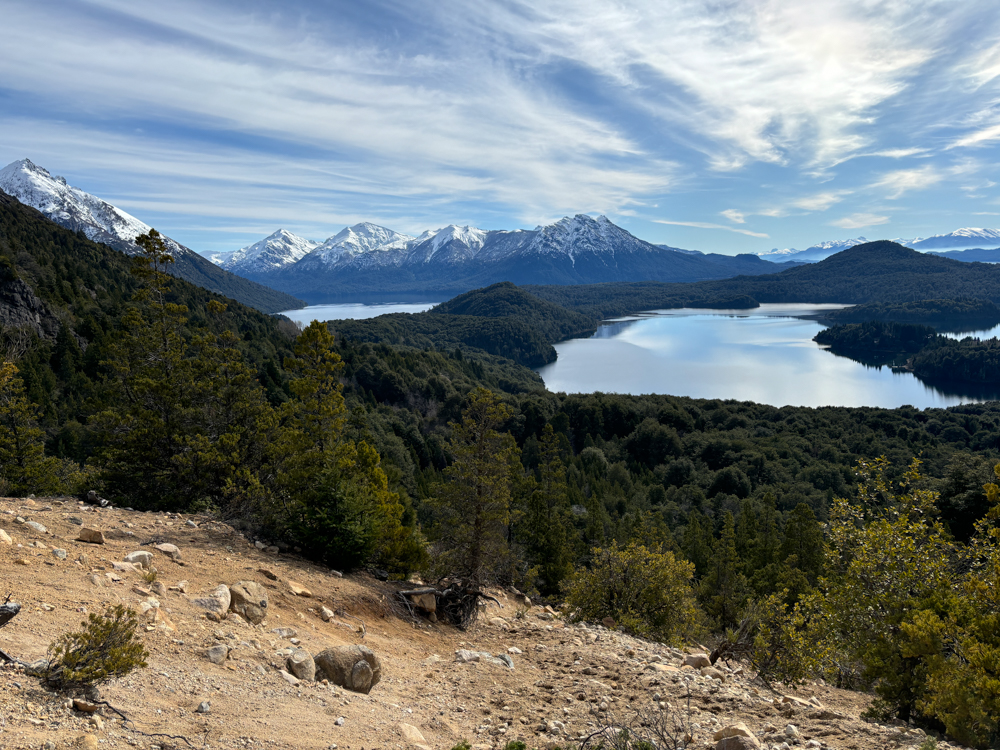
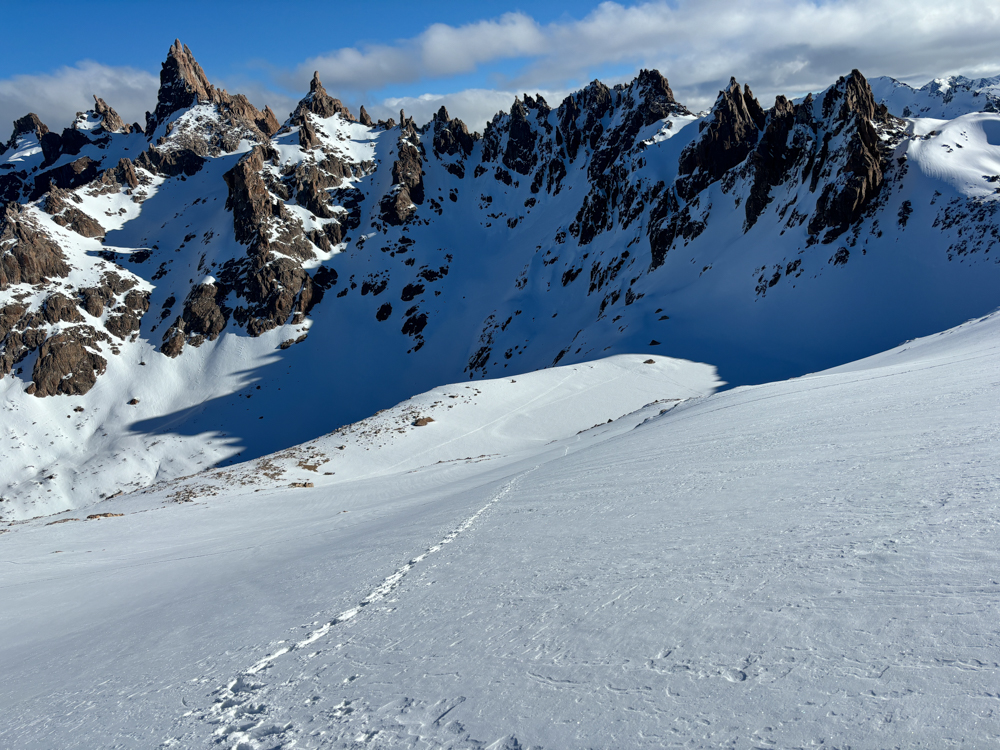
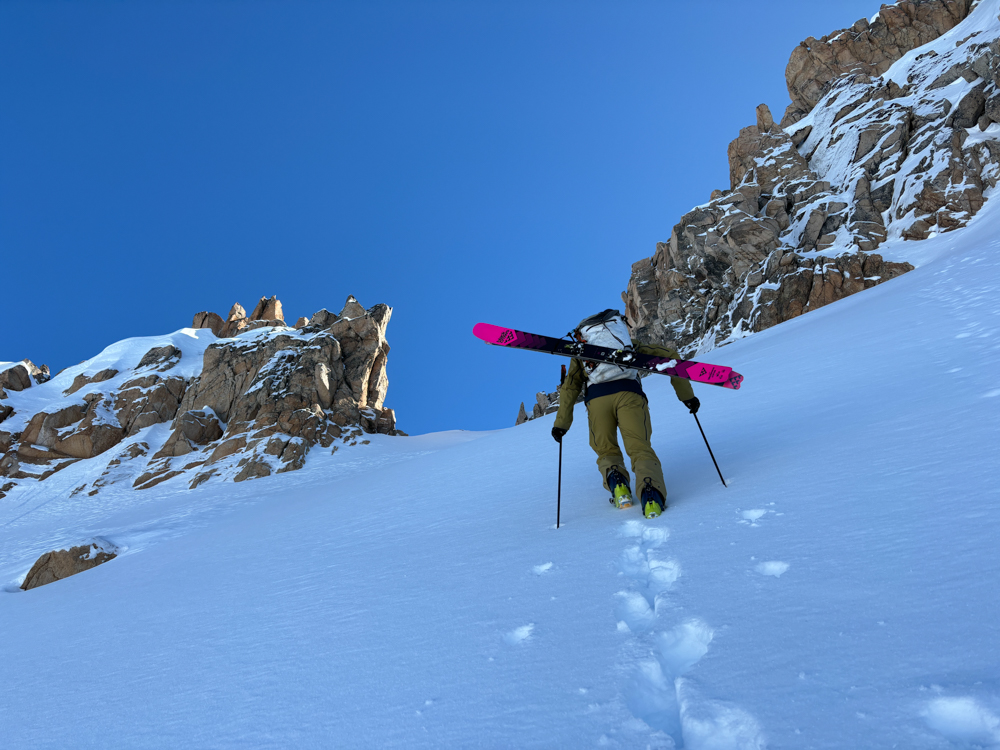
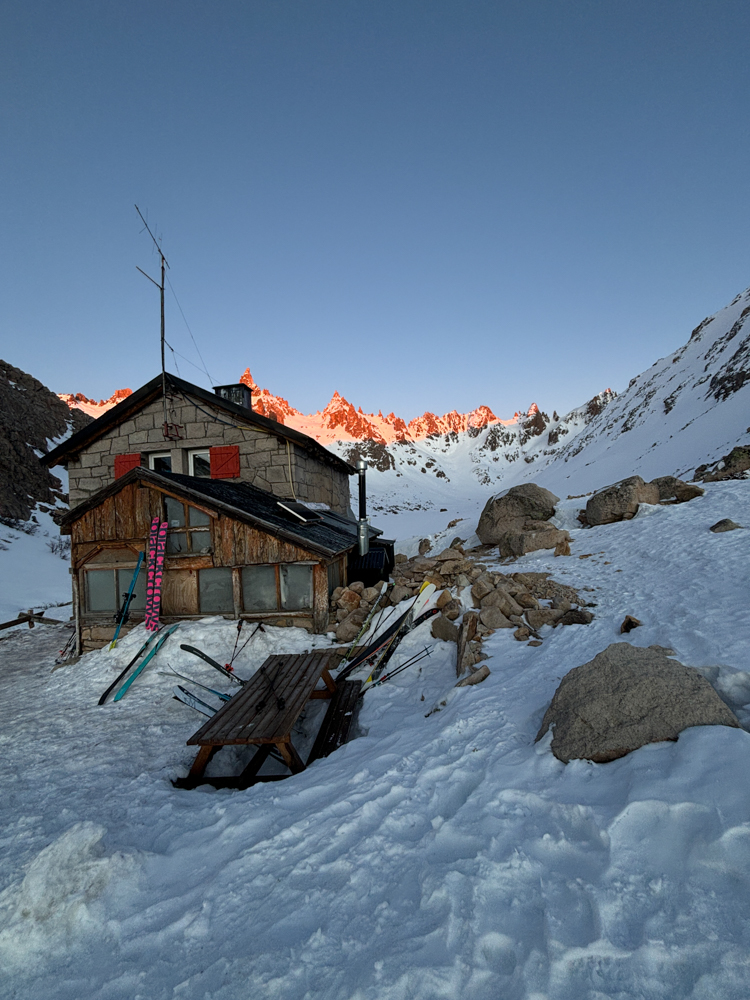

About the Gear Tester
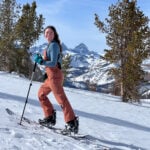
Jackie Florman
Jackie is a backpacking guide at Lasting Adventures Guide Service in Yosemite National Park, CA. She also works on a snow hydrology field research team, writes for HikingDaily.com, and is currently writing a thesis in Environmental Studies at the University of Colorado, Boulder. She loves splitboarding, scrambling, and rambling around in the Eastern Sierra and the Colorado Rockies. Follow her adventures on instagram @jackieeflor.

